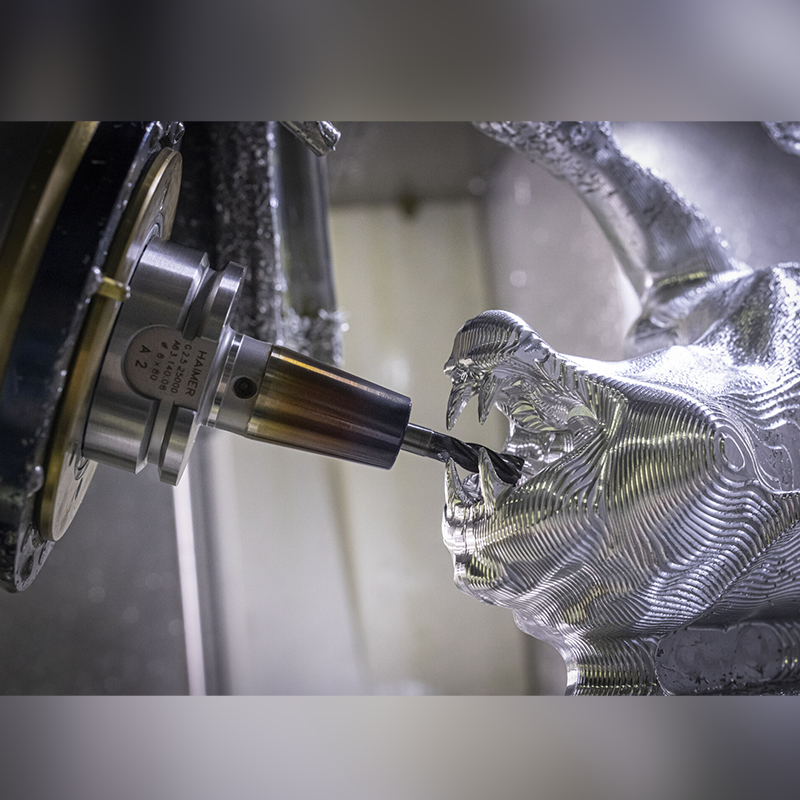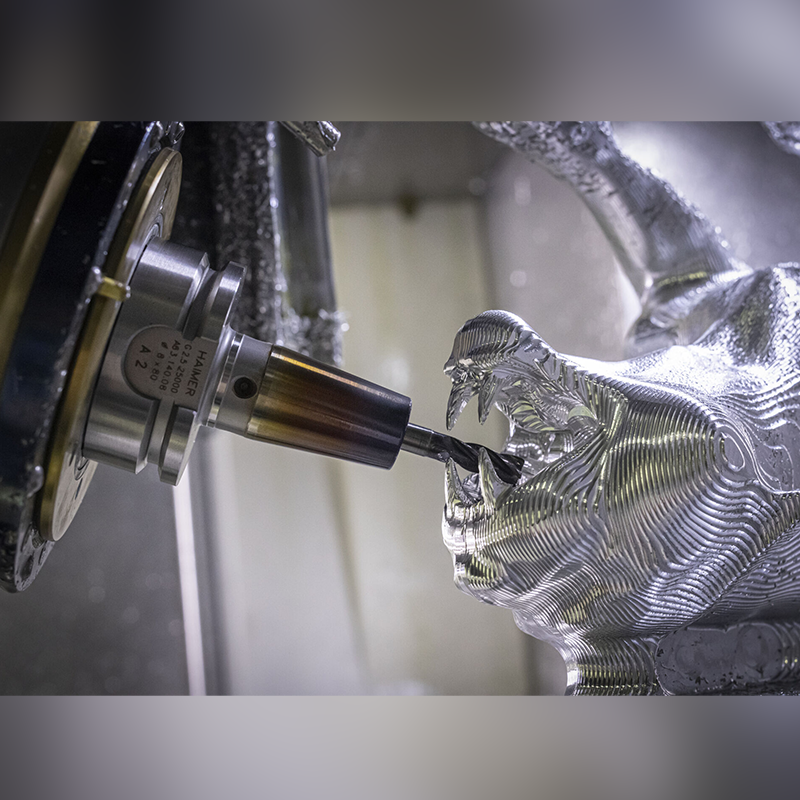Email format error
Email cannot be empty
Email already exists
6-20 characters(letters plus numbers only)
The password is inconsistent
Email format error
Email cannot be empty
Email does not exist
6-20 characters(letters plus numbers only)
The password is inconsistent


Exploring the Rise of China’s 5 Axis Prototype Factories
In the rapidly evolving landscape of manufacturing and innovation, one of the most fascinating developments is the rise of 5 axis prototype factories in China. These factories are at the forefront of producing complex and precise prototypes, offering unparalleled capabilities that are transforming industries worldwide. Let's delve into what makes these factories so significant and why they are capturing the attention of global businesses.
Understanding 5 Axis Machining
Before we dive into the specifics of China's factories, it’s important to understand what 5 axis machining entails. Traditional machining typically involves three axes - X, Y, and Z, which allow for movement along three linear directions. In contrast, 5 axis machining adds two more rotational axes, often referred to as A and B. This allows the machine to approach the part from virtually any direction, enabling the creation of complex shapes and designs that would be impossible or highly inefficient with 3 axis machines.
The addition of these two axes allows for greater precision and the ability to machine intricate parts in a single setup, reducing the need for multiple fixtures and human intervention. This results in faster production times and higher quality parts.
The Surge of 5 Axis Prototype Factories in China
China has long been a manufacturing powerhouse, but the surge in 5 axis prototype factories marks a new chapter in its industrial evolution. These factories are equipped with state-of-the-art machinery and staffed by skilled technicians who specialize in precision engineering.
1. Advanced Technology and Equipment
Chinese 5 axis prototype factories are renowned for their cutting-edge technology. They invest heavily in the latest 5 axis CNC machines, which are capable of achieving remarkable precision and complexity. These machines are often sourced from top international brands, ensuring that they meet the highest standards of quality and reliability.
2. Skilled Workforce
The success of these factories is also attributed to their highly skilled workforce. Technicians and engineers undergo rigorous training to operate these sophisticated machines. Their expertise allows them to tackle complex projects with ease, ensuring that prototypes are produced to exact specifications.
3. Cost Efficiency
One of the key advantages of Chinese 5 axis prototype factories is cost efficiency. While the initial investment in 5 axis technology is substantial, the long-term benefits in terms of reduced production times and lower labor costs make it a cost-effective solution. This efficiency translates to competitive pricing for clients, making China an attractive destination for prototype manufacturing.

Applications Across Industries
The versatility of 5 axis machining makes it applicable across a wide range of industries. Let’s explore some of the sectors benefiting from the capabilities of China’s 5 axis prototype factories.
1. Aerospace
In the aerospace industry, precision and reliability are paramount. 5 axis machining allows for the creation of complex components such as turbine blades and structural parts with tight tolerances. Chinese factories are increasingly becoming preferred partners for aerospace companies seeking high-quality prototypes.
2. Automotive
The automotive industry also reaps the benefits of 5 axis machining. From engine components to intricate parts for electric vehicles, the ability to produce complex geometries in a single setup streamlines the production process and enhances overall efficiency.
3. Medical Devices
The medical field demands precision and customization, making 5 axis machining an ideal solution. Chinese prototype factories produce a wide array of medical components, from surgical instruments to implantable devices, ensuring they meet stringent regulatory standards.
4. Consumer Electronics
The consumer electronics industry is characterized by rapid innovation and the need for sleek, intricate designs. 5 axis prototype factories in China are instrumental in producing components for smartphones, laptops, and other gadgets, helping companies stay ahead in a competitive market.
The Future of 5 Axis Prototype Manufacturing in China
As technology continues to advance, the capabilities of 5 axis prototype factories in China are expected to grow even further. Here are a few trends to watch:
1. Integration of AI and Automation
The integration of artificial intelligence and automation is set to revolutionize prototype manufacturing. AI can optimize machining processes, predict maintenance needs, and enhance overall efficiency. Automation reduces human error and allows for continuous production, further driving down costs and increasing output.
2. Sustainable Manufacturing Practices
With a growing emphasis on sustainability, Chinese factories are adopting eco-friendly practices. This includes the use of renewable energy sources, recycling of materials, and the development of processes that minimize waste. Sustainable manufacturing not only benefits the environment but also appeals to environmentally conscious clients.
3. Customization and On-Demand Production
The future of manufacturing lies in customization and on-demand production. 5 axis prototype factories in China are well-positioned to meet this demand, offering flexible production capabilities that can quickly adapt to changing client needs. This agility is crucial in industries where time-to-market is a critical factor.
Real-World Success Stories
To truly appreciate the impact of China’s 5 axis prototype factories, let’s look at a few real-world success stories:
- Electric Vehicle Prototyping
- A leading electric vehicle (EV) manufacturer partnered with a 5 axis prototype factory in China to develop a new line of high-performance motor components. The factory’s ability to produce intricate parts with high precision significantly reduced the development time for the EV motor. This collaboration not only accelerated the time-to-market but also ensured the components met the rigorous quality standards required for automotive applications.
- Medical Device Innovation
- A global medical device company sought the expertise of a Chinese 5 axis prototype factory to create a new surgical instrument. The complex geometry of the instrument required advanced machining capabilities. The Chinese factory delivered prototypes that exceeded the client’s expectations, leading to a successful product launch and improved surgical outcomes.
- Aerospace Component Development
- An aerospace firm needed to develop a prototype for a new turbine blade with complex aerodynamic features. The precision and flexibility of 5 axis machining were crucial for this project. By partnering with a Chinese factory, the aerospace company was able to achieve the necessary precision and surface finish, resulting in a high-performance prototype ready for rigorous testing.
Challenges and Opportunities
While the rise of 5 axis prototype factories in China presents numerous opportunities, it also comes with challenges:
- Intellectual Property (IP) Concerns
- Protecting intellectual property is a significant concern for international clients. Chinese factories are addressing this by implementing robust IP protection measures and ensuring transparent communication with clients. These efforts are gradually building trust and confidence among global partners.
- Supply Chain Management
- Efficient supply chain management is critical for prototype manufacturing. Chinese factories are investing in digital solutions to enhance supply chain transparency, reduce lead times, and manage inventory effectively. This not only improves operational efficiency but also ensures timely delivery of prototypes.
- Talent Retention
- The rapid advancement of technology necessitates continuous upskilling of the workforce. Chinese 5 axis prototype factories are focusing on talent retention by offering competitive salaries, ongoing training programs, and opportunities for career advancement. This investment in human capital is essential for maintaining their competitive edge.
Conclusion
The rise of 5 axis prototype factories in China is a testament to the country's commitment to innovation and excellence in manufacturing. These factories are not just about producing parts; they are about pushing the boundaries of what is possible in prototype manufacturing. With advanced technology, skilled workforce, and a focus on cost efficiency, China’s 5 axis prototype factories are set to play a pivotal role in the future of various industries. As they continue to evolve, we can expect even greater advancements and contributions to the global manufacturing landscape.

